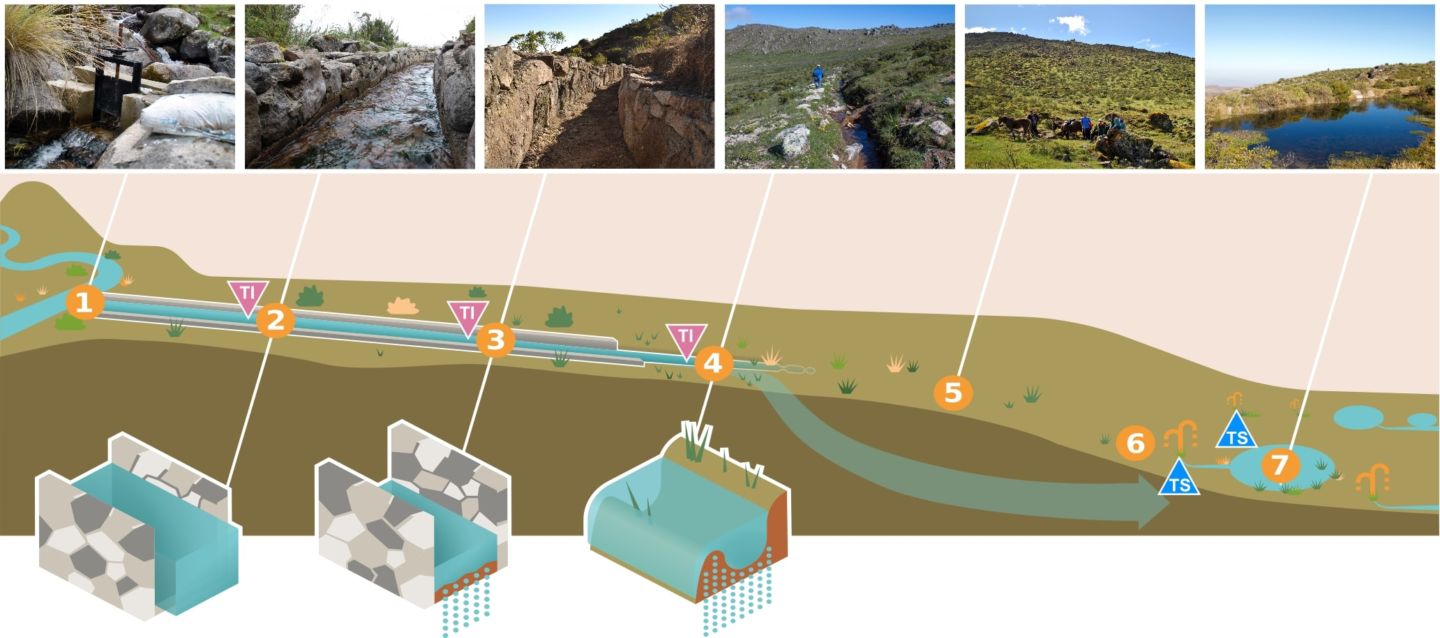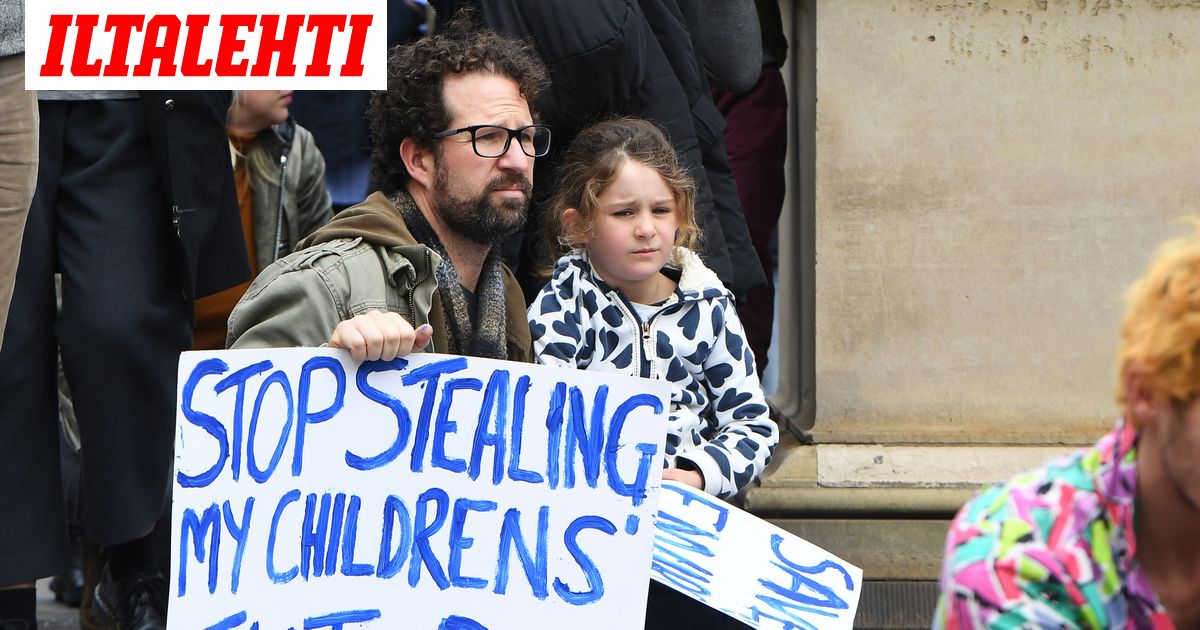Meillä nähdään tuo palojen vähäisyyskin ongelmana (tosin artikkeli enää googlen välimuistissa, lainasin siitä syystä tuohon allekin):Johan Trump yritti, kun paimensi kalifornialaisia haravoimaan niinkuin suomalaiset tekevät.
[/URL]
Tuossa todetaan, että meillä palaa vuosittain joitain satoja hehtaareja. Sata vuotta sitten taso oli kymmeniätuhansia ja enimmillään jopa satatuhatta. Vertailuksi kokonaispinta-ala metsämaalle 23 miljoonaa hehtaaria ja päätehakkuille muistaakseni noin 170 000 hehtaaria.Finland has a problem with too few forest fires – to promote biodiversity, burned-down areas should be protected
Published: 10.08.2018 09:05
Last modified: 20.08.2018 10:47
Every year, fewer than one thousand of the 26 million forest hectares in Finland burn down in wildfires. Photo: Henrik Lindberg
Latest news
While other countries grapple with destructive and deadly forest fires, the problem in Finland is the opposite. From nature’s point of view, the diversity of species and habitats suffers from too few fires.
- 06.06.2019
Wood is a supermaterial, and the hottest example of this is pulp- 29.05.2019
Condition of forestry roads causes bottlenecks in timber procurement – more attention to road maintenance is needed- 16.05.2019
Inoculation helps threatened species – polypores are saved by enough decaying wood in forest- 08.05.2019
New harvesting guideline for when birds are nesting – damage is sad but calculated to be just a thousandth of all nests- 25.04.2019
Local authorities lead the field in wood construction – chiefly because of indoor air problems
“Burned-down forest is one of the rarest habitats in Finland,” says Henrik Lindberg, renowned forest fire expert and researcher at the Häme University of Applied Sciences.
In 2017, for example, forest fires damaged only 470 hectares in the land of 23 million hectares of forest. The last time that over a thousand hectares burned down was in 2006.
How extensive should forest fires be, then, to have ecological significance? According to Lindberg, a few thousand hectares a year would suffice.
“But if we compare the situation to one hundred or two hundred years ago, in peak years, the area of forest fires should come up to tens of thousands, or even more than 100,000 hectares,” he says. “However, at that time in the 1800s the number of fires was already heavily affected by human activity with slash-and-burn agriculture and the distilling of tar.”
120,000 kilometres of firebreaks
Even compared to the neighbouring country Sweden, the number of forest fires is surprisingly small in Finland. In Sweden, fires have destroyed more than 25,000 hectares of forests this summer. The difference between the two Nordic countries is not explained by vegetation or climate, but is believed to be based on differences in infrastructure and forest management.
There is a dense forest road network of up to 120,000 kilometres in Finland, constructed for the use of forestry and cottage owners. The road network makes remote areas more accessible to firefighters, but it also slows down the spreading of fires.
Another major factor preventing forest fires is the fragmented forest ownership in Finland. Owing to this, the average size of forest compartments is only 2 to 3 hectares, and forest management plans are based on the specific growing conditions of each of them. That means, for example, that a fire cannot spread as a fast-moving treetop fire when it reaches a clear-cut area or a thinned compartment. The spread of fire is also prevented by the numerous lakes, rivers and wetlands.
Firefighting and fire prevention in Finland is organized as cooperation between rescue departments, voluntary fire brigades and aerial patrolling by volunteers. Citizens are warned of the forest fire risk in weather reports. The warning is based on an index of the Finnish Meteorological Institute which assesses the humidity of the organic surface layer of the soil.
Burned-down areas are rarely protected
A forest fire is not useful for nature if the burned-down area is not protected afterwards. The protected area should be sufficiently large, at least larger than the half a hectare that is the current average size of forest fires in Finland.
“This summer, we have also had more extensive fires in Finland, including the hundred-hectare forest fire in Pyhäranta. The problem is, however, that fires mostly occur on private land,” says Lindberg.
The protection of a forest fire site is therefore based on the voluntary decision of a landowner. “Fires occur without advance warning, so the owner cannot decide beforehand whether a particular area should be protected as a valuable natural habitat.”
Henrik Lindberg is a renowned wildfire and prescribed burning expert at the Häme University of Applied Sciences.
Of Finnish forests, 60 percent are owned by private individuals and families, and for many, they are a major source of income. The voluntary protection of a forest area can receive financial support under the Forest Biodiversity Programme for Southern Finland (Metso). The programme is coordinated by the Ministry of the Environment, in cooperation with the Ministry of Agriculture and Forestry.
“We have protected some forest fire sites, though not every year,” says Environment Counsellor Päivi Gummerus-Rautiainen, who is responsible for implementing the Metso Programme.
The Finnish government has set the goal that, in addition to existing areas, about 96,000 hectares of forest will have been protected by the voluntary decision of a forest owner or by being acquired by the State by 2025. The protection can be permanent or temporary.
“On forest fire sites, protection and its cost must be considered on a case-by-case basis. The forest may have been completely destroyed, which cannot, in principle, be compensated for, but if there are economically valuable trees left in the area, they will be fully compensated for,” says Gummerus-Rautiainen. “There are many factors that affect a favourable protection decision, such as whether the area is close to other conservation sites or whether it has stout trees.”
Lindberg says that he finds it useful to compare forest fire damage to other forest damage, such as that caused by storms and snow. “In terms of financial value, however, forest fires are quite a small problem. In Finland, they cause a total damage of up to some hundreds of thousands of euros yearly, while with the other types of damage we talk about millions or even tens of millions.”
But if you do not want to permanently give up the management of a forest fire site, would a temporary protection still help the habitat?
“Of course,” says Lindberg. “Particularly insects, such as beetles, will also benefit from a shorter conservation period. However, it would still be good to think about what you will want to do with your forest afterwards.”
Just let it burn?
From time to time, the thought is voiced in public debate that forest fires should not be fought against as efficiently as they are now. In Sweden, for example, forest sites have been left to burn down when a fire has occurred in a national park.
On the other hand, Pekka Kauppi, Professor of Environmental Protection wrote in an opinion published in the Helsingin Sanomat that “forest fire prevention is important both for the forest industry and for climate change”.
“It should be one of the tasks of environmental policy to prevent forest fires and to maintain an effective firefighting capability,” Kauppi writes.
However, fires are part of nature, and prescribed burnings, restoration burnings and the burning of retention trees are an important part of sustainable forest management. Despite this, their number has also decreased. The area of prescribed burnings is less than one thousand hectares per year. Restoration burnings in a LIFE project covered a total of 87 hectares on ten Natura areas last year.














